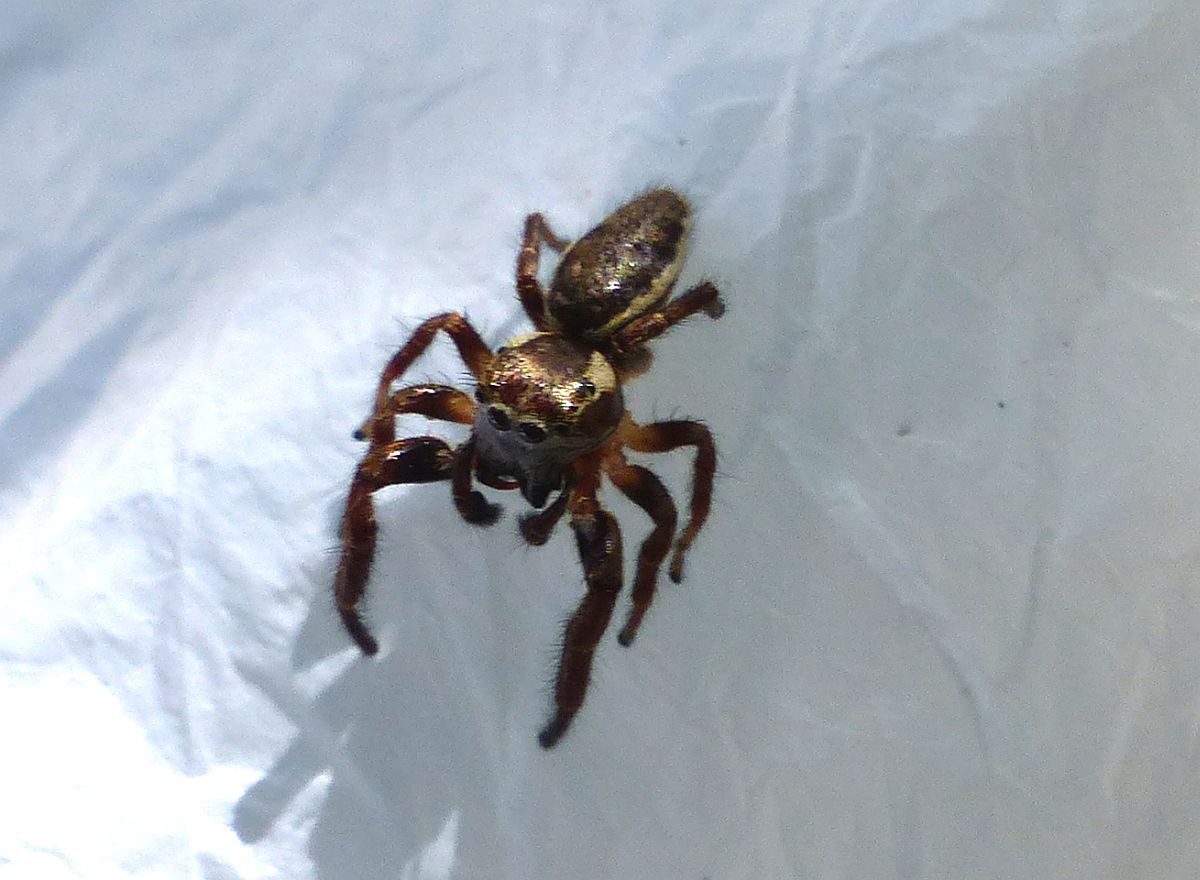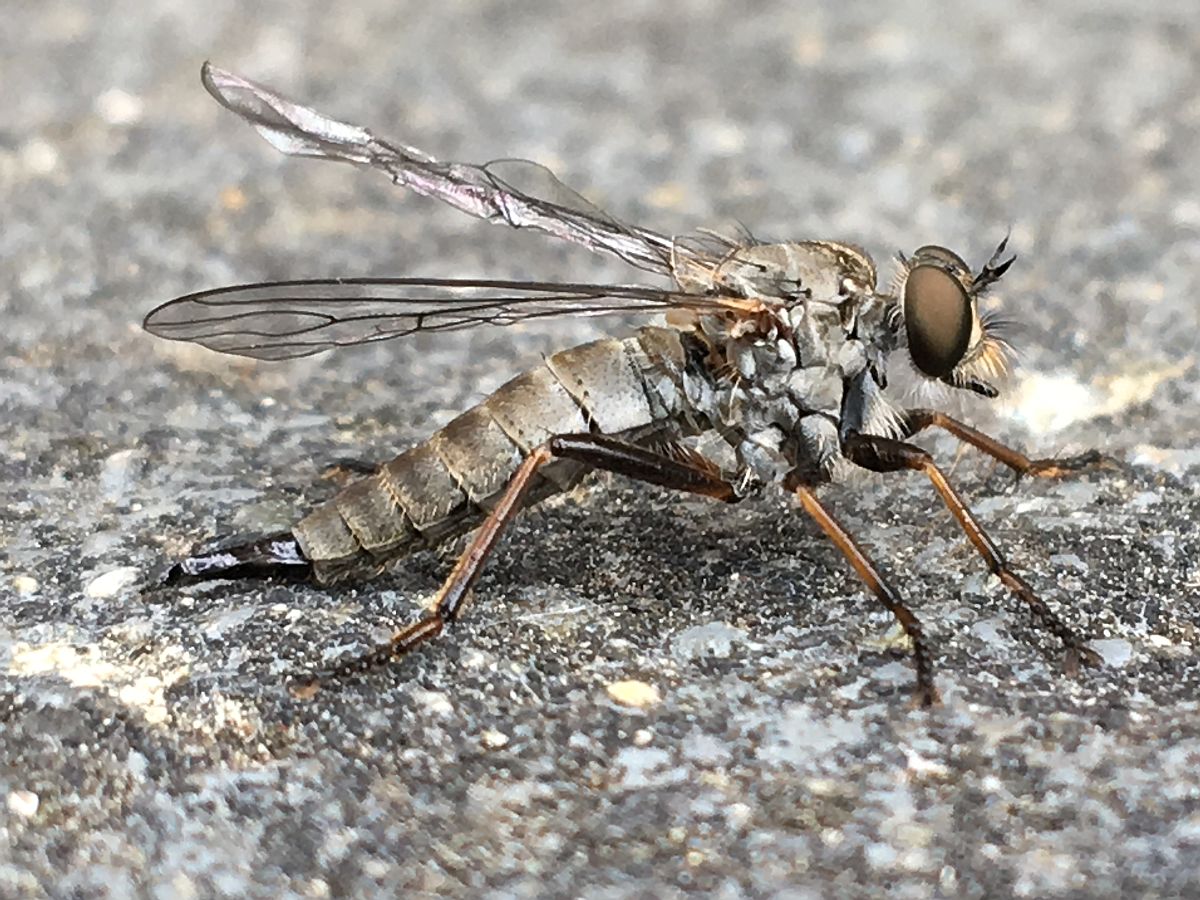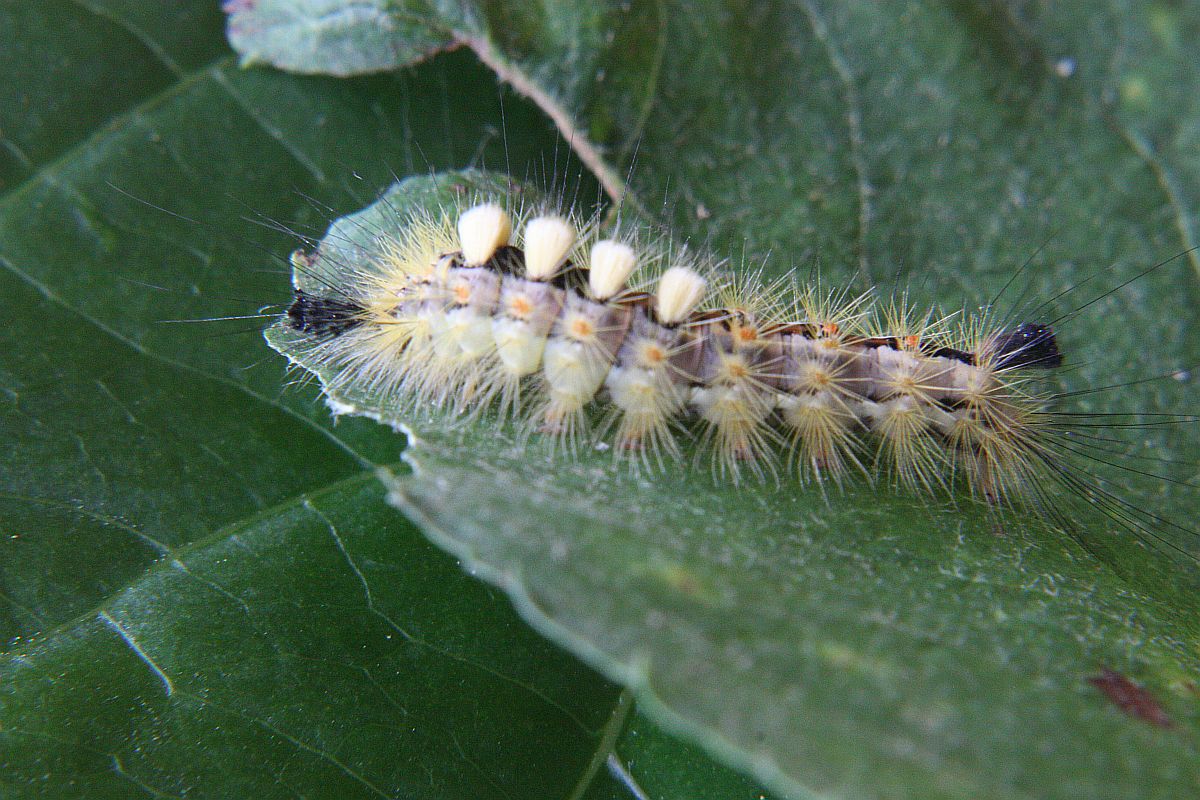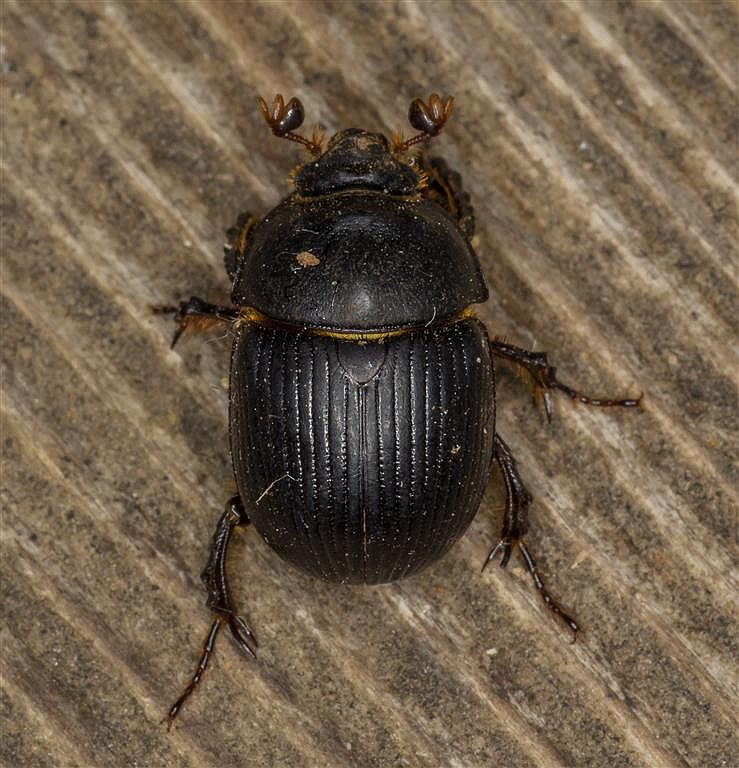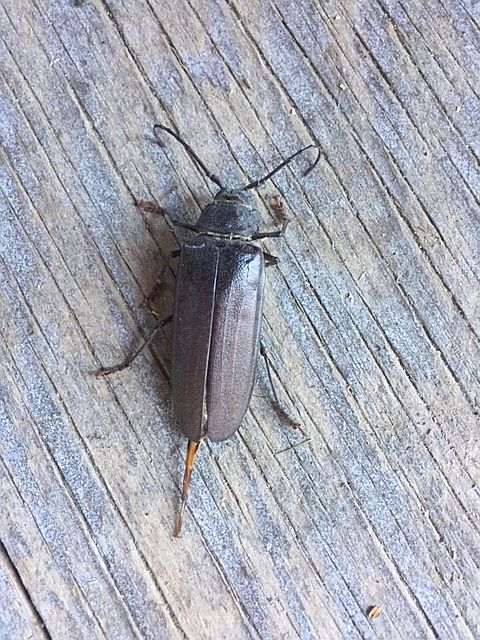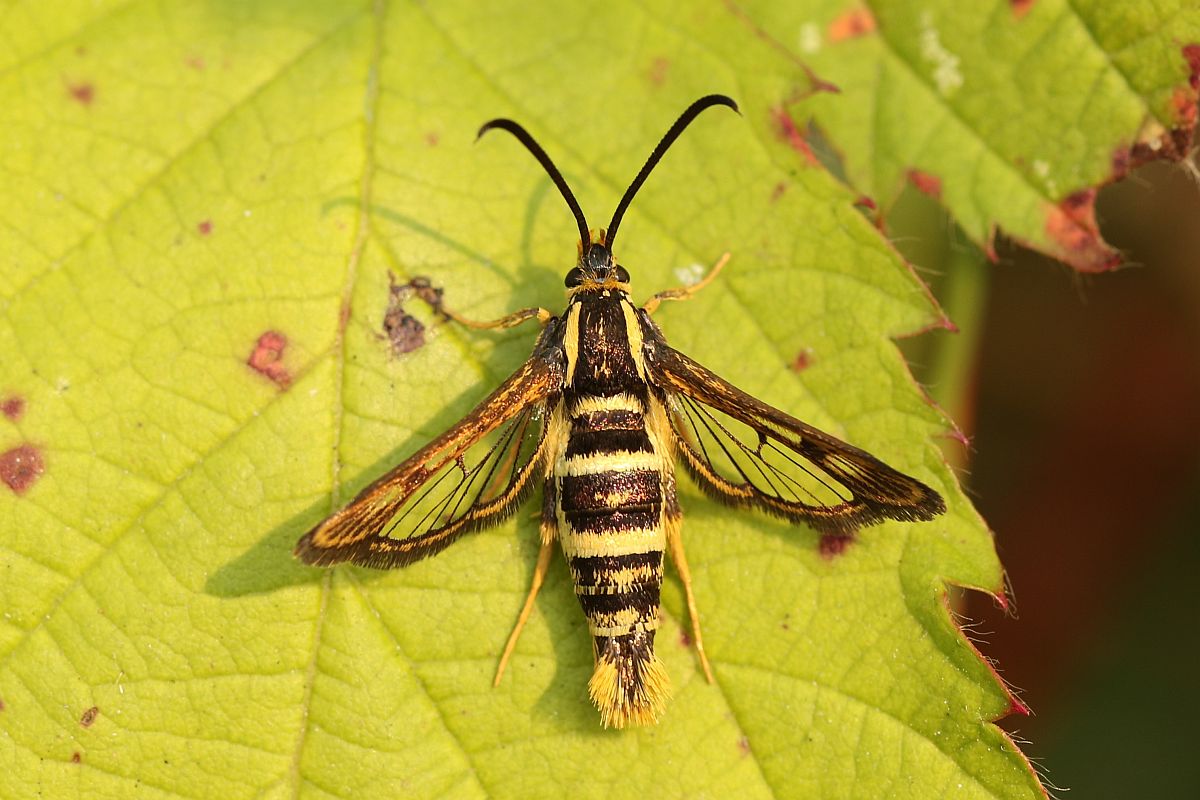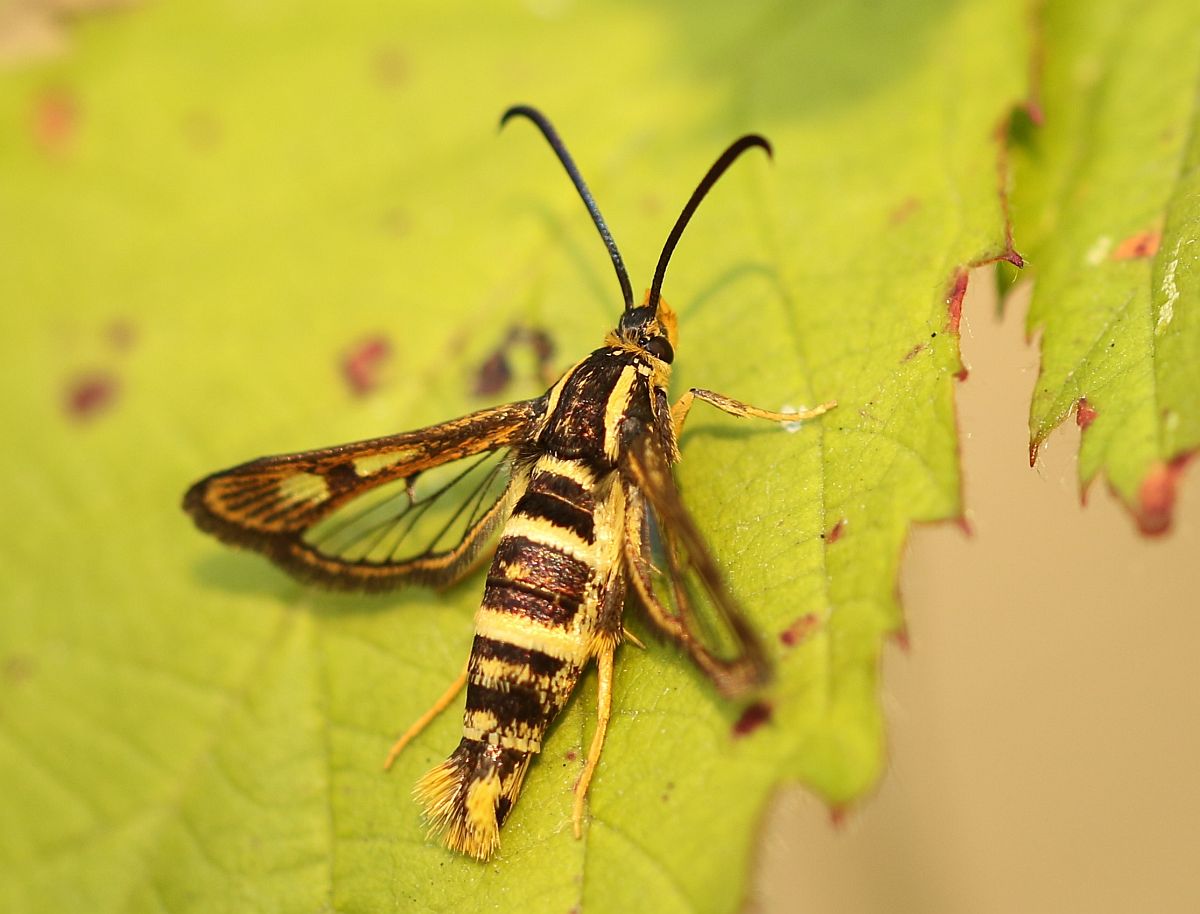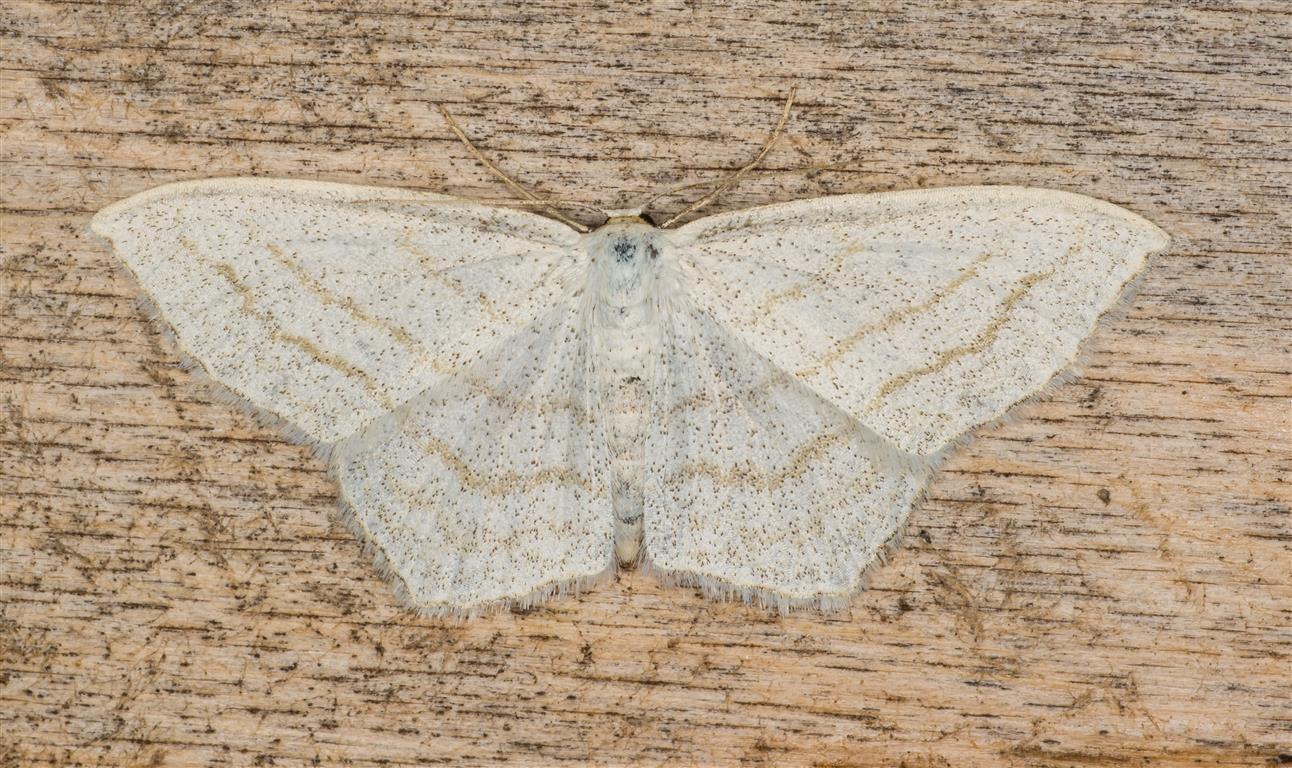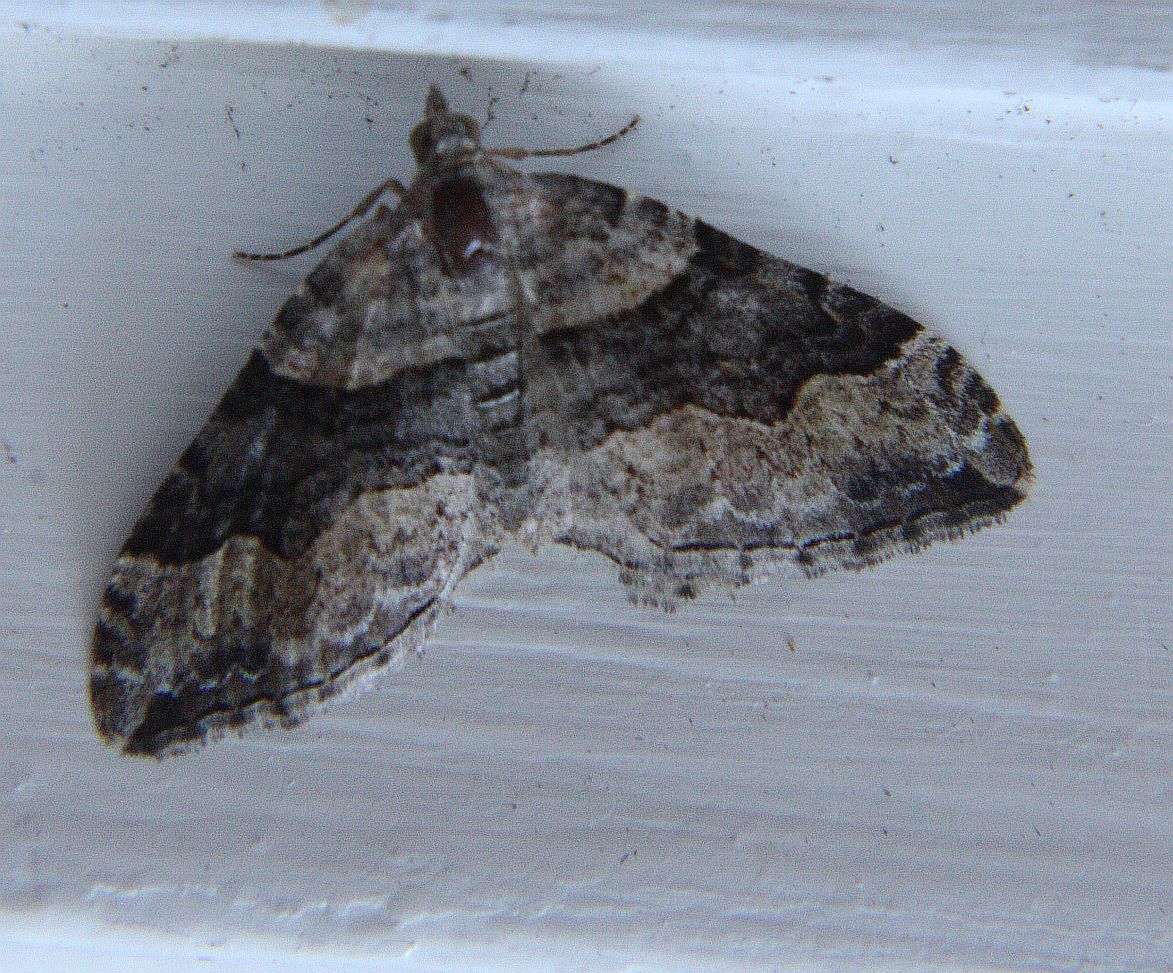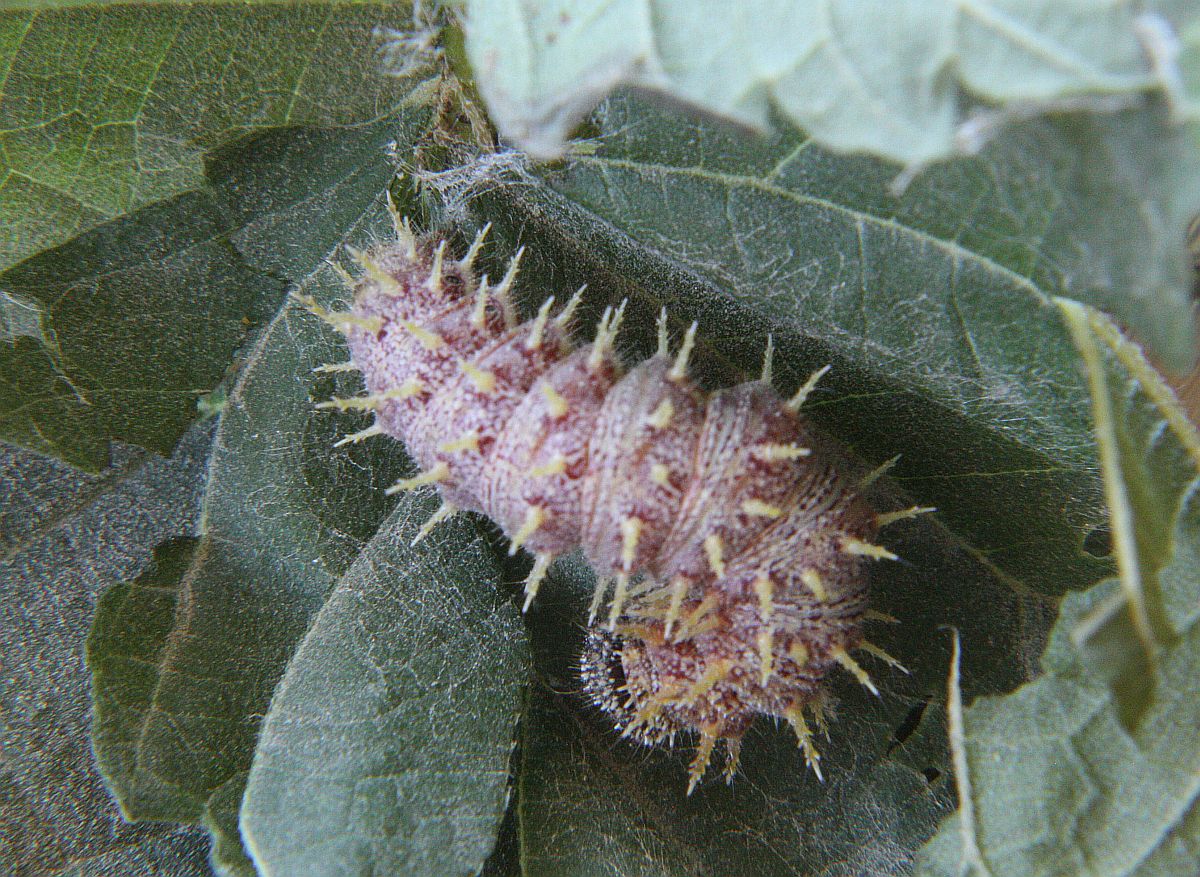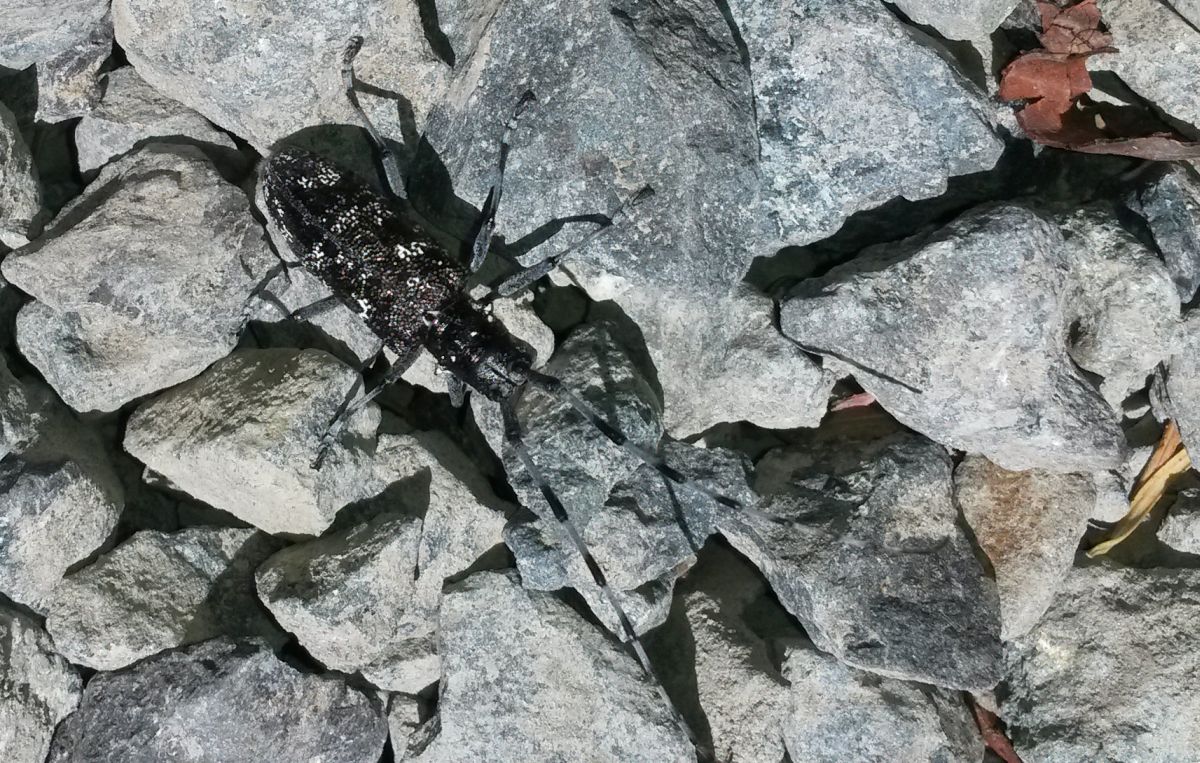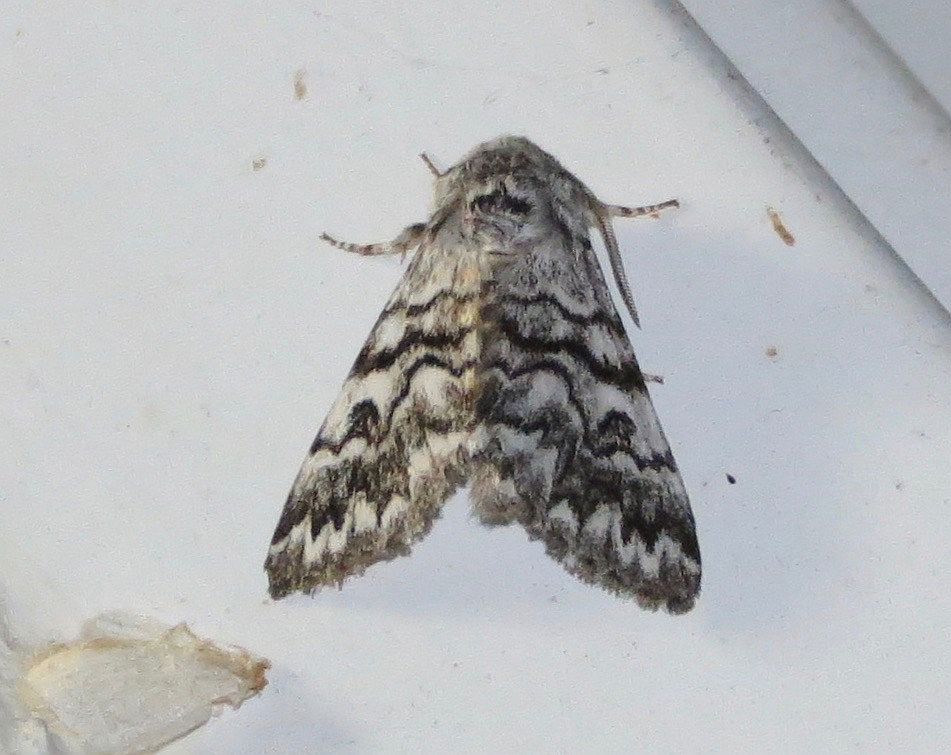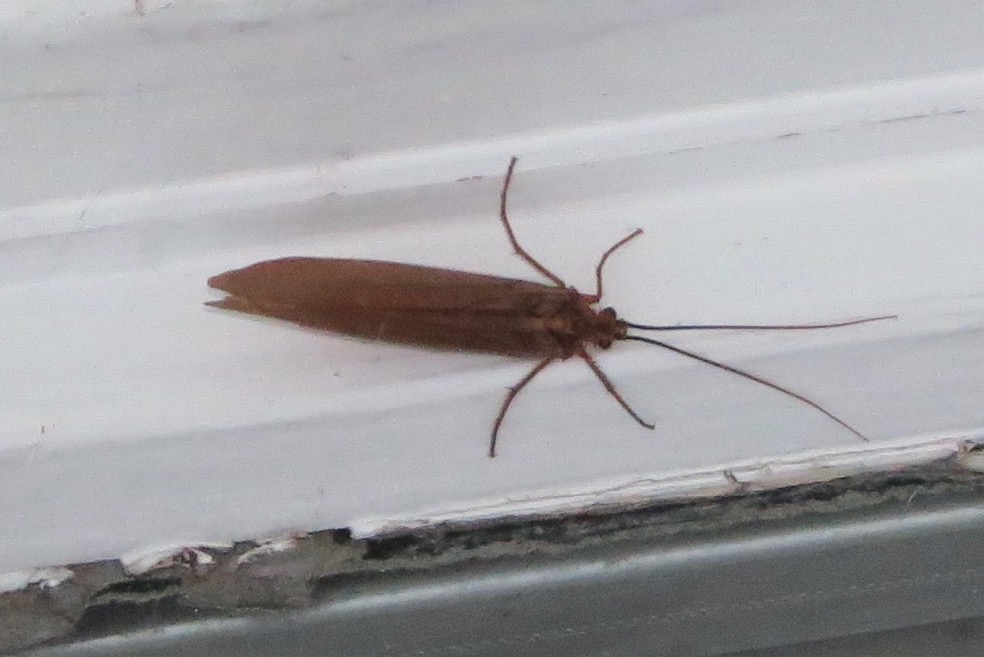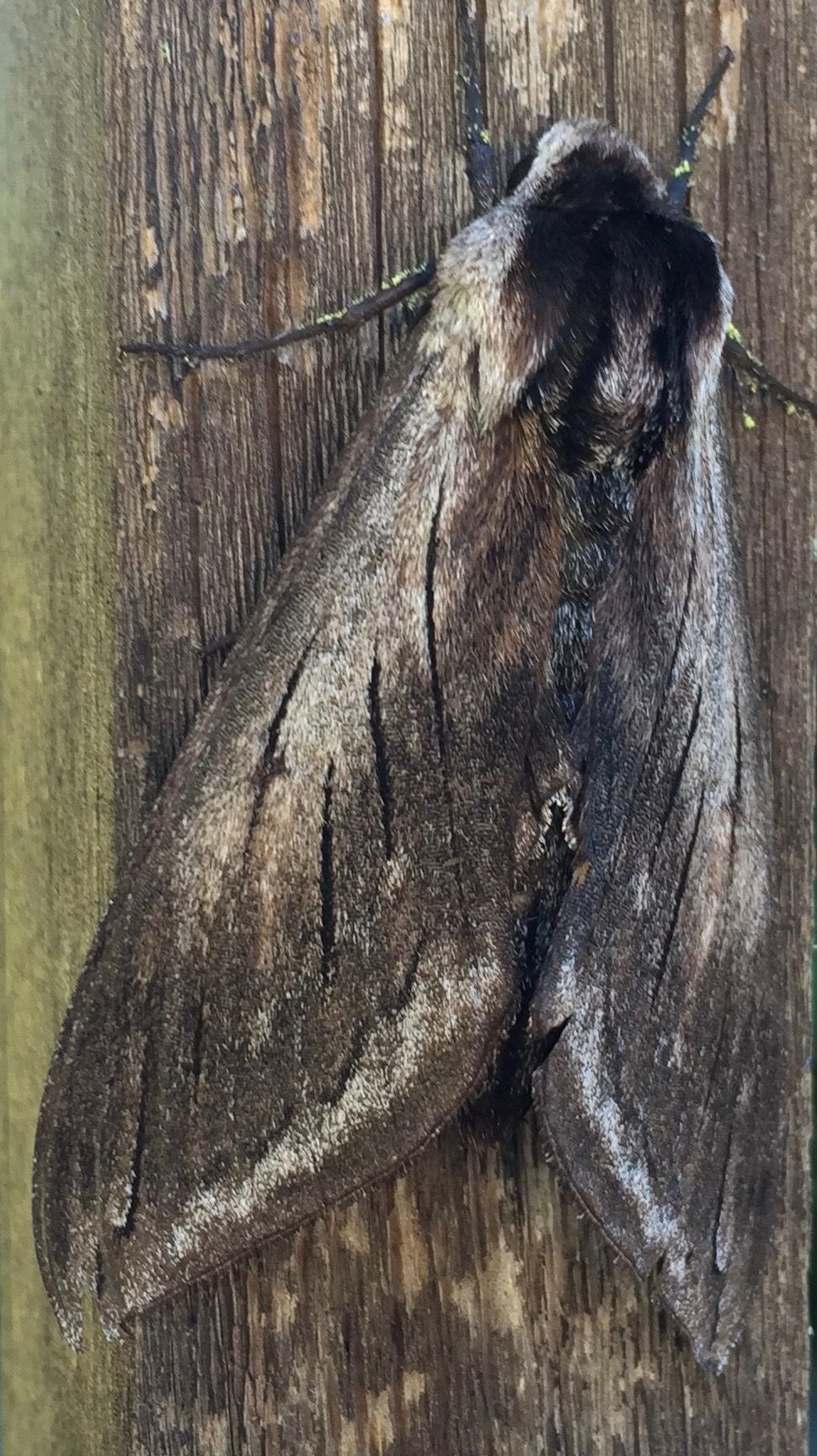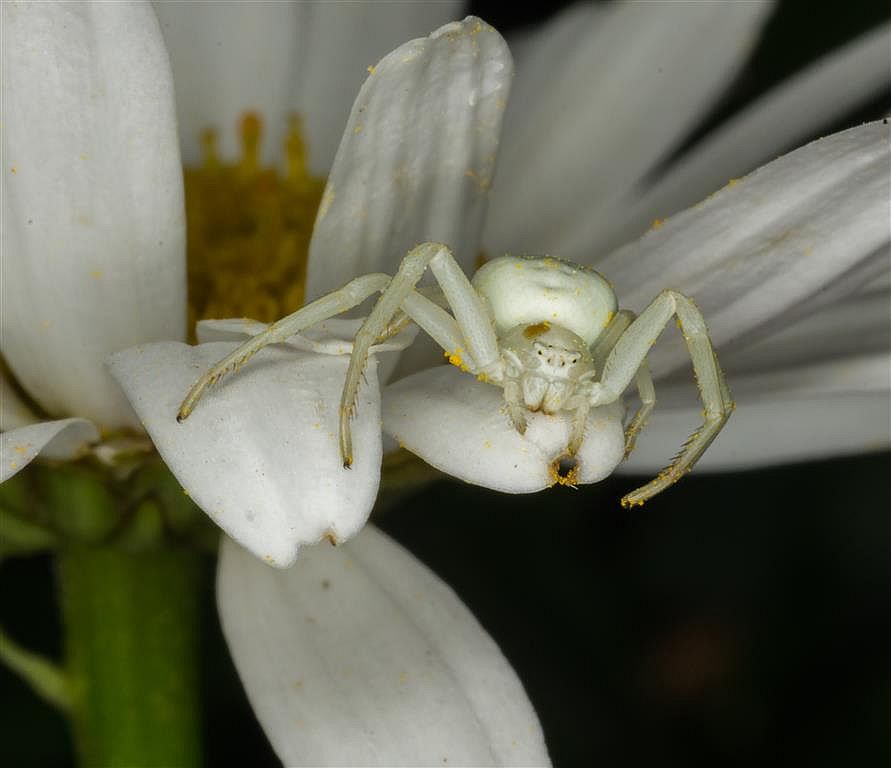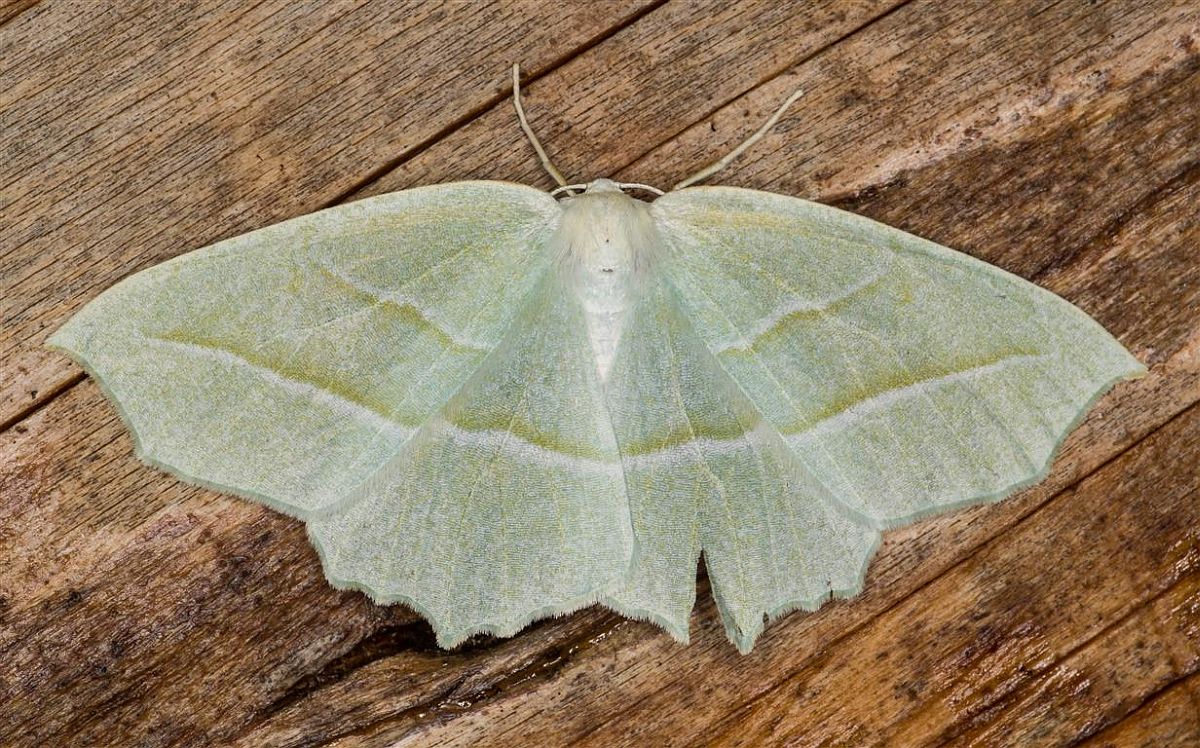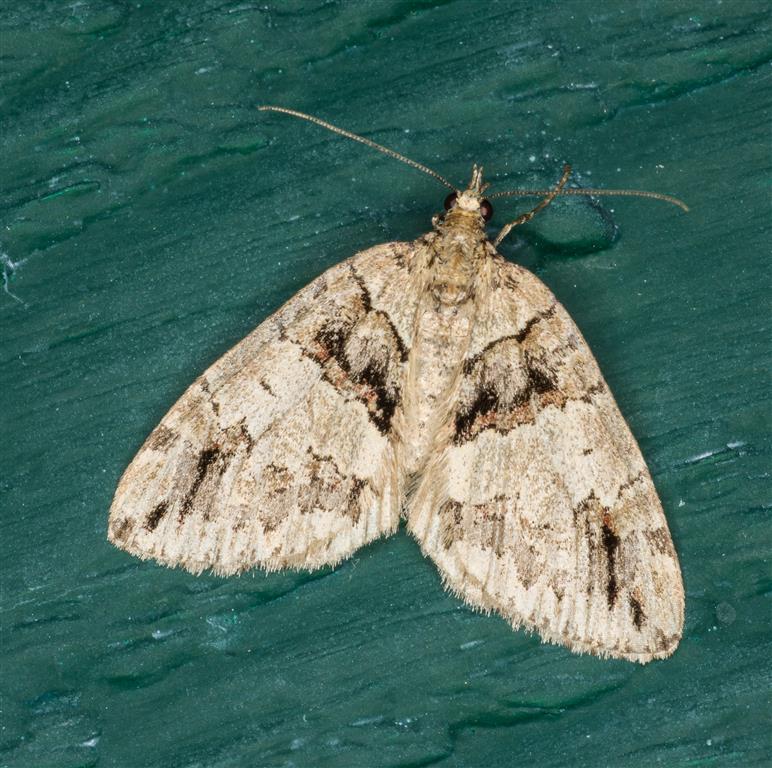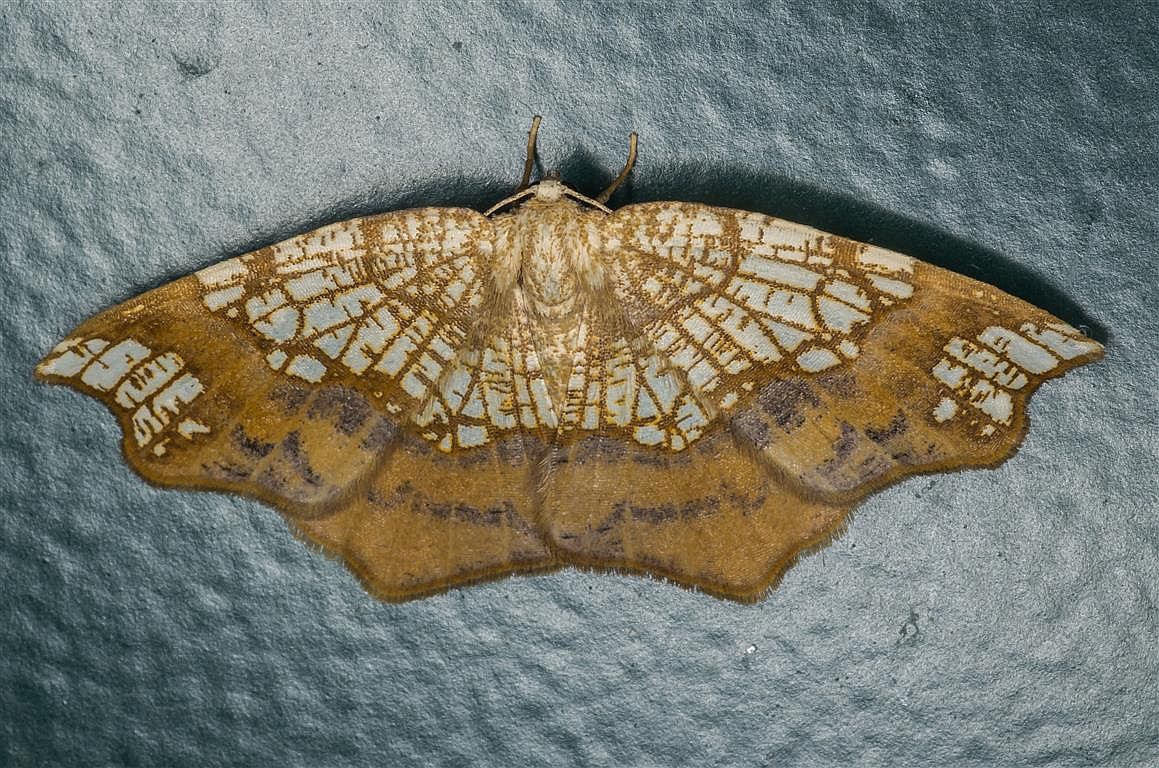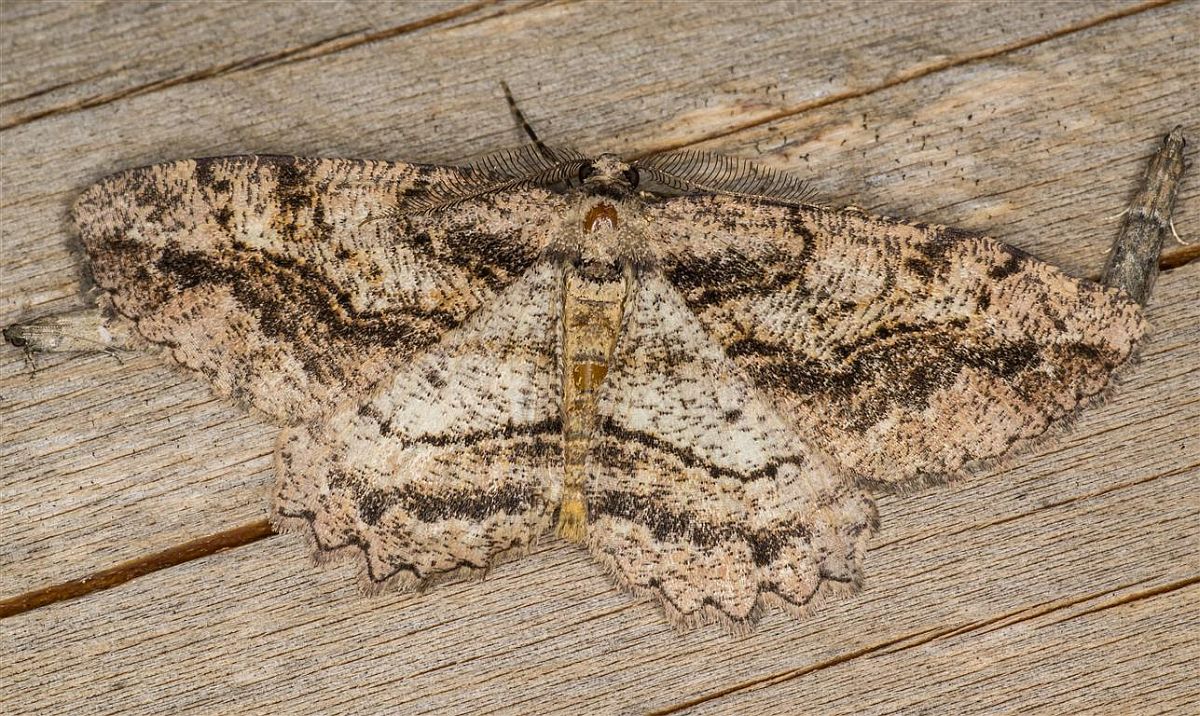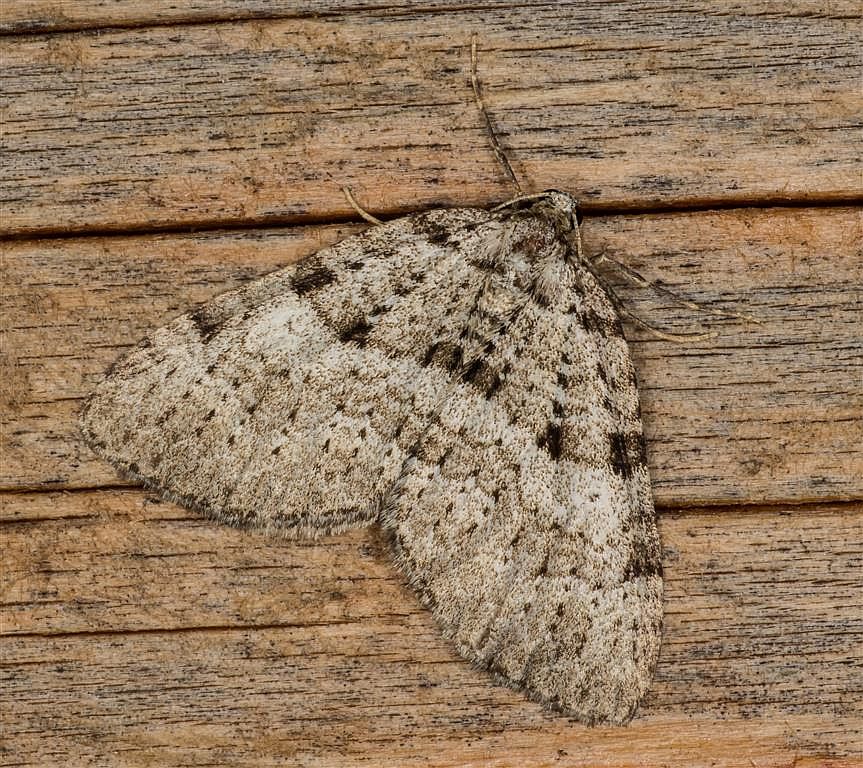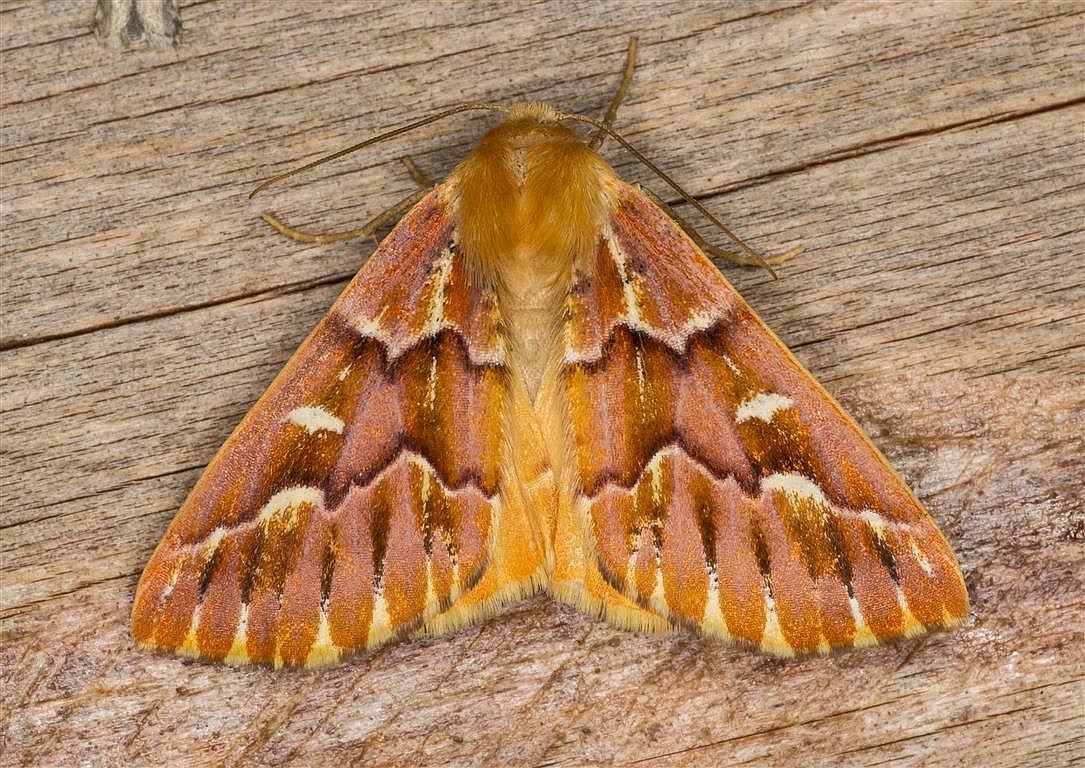2017 August 4, 2017
Colias alert!
Val George writes: At the Tuesday VNHS birding walk Jeff Gaskin reminded me that it was about this time of year that Western Branded Skippers, Hesperia colorado, had been recorded at Saanichton Spit. So this afternoon, Aug 3, I went out there to check it out and, sure enough, I found one amongst the other skippers. It was nectaring on Gumweed about 100 m along the path from the parking lot. A bonus on the way out there was a sulphur butterfly about 150 m south of Michell’s Farm on Lochside Drive. I was pretty sure it was an Orange Sulphur, Colias eurytheme, but it wouldn’t settle long enough for me to be 100 percent sure of the species.

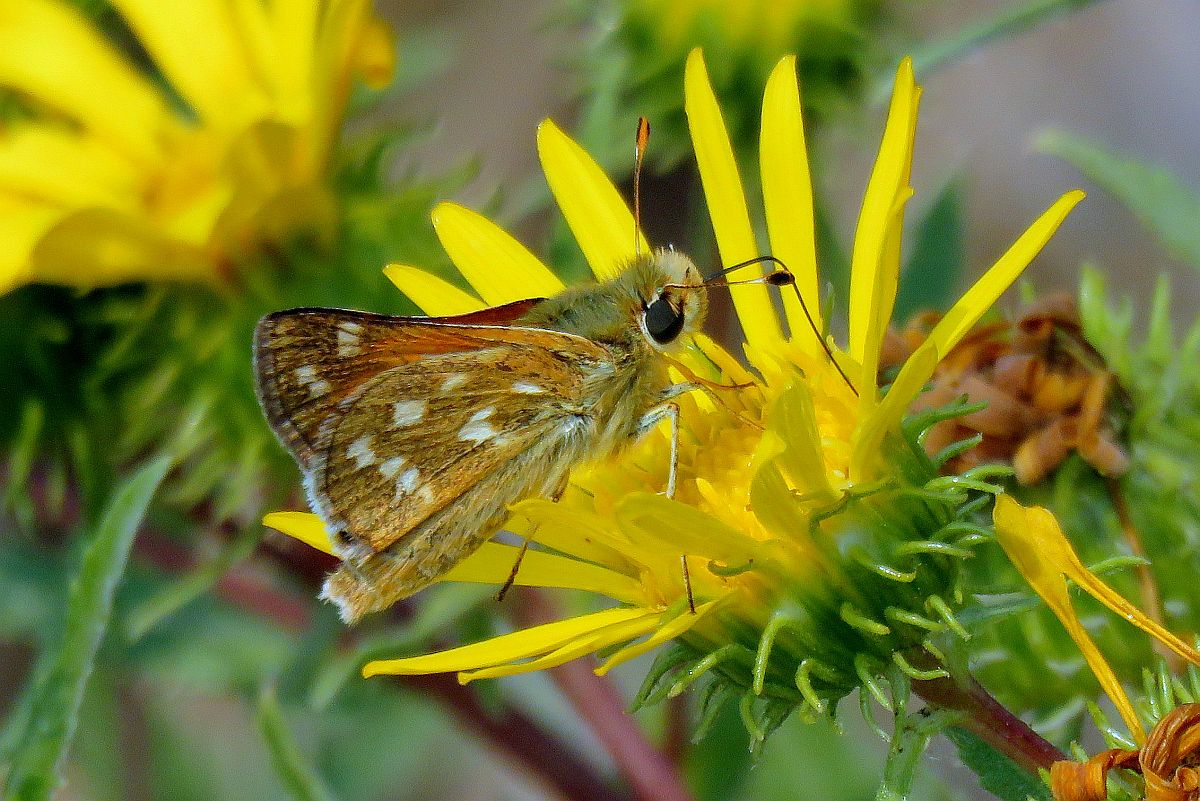
Western Branded Skipper Hesperia colorado (Lep.: Hesperiidae) Val George
Aziza Cooper writes: On Wednesday, Aug. 2 at Centennial Park, this Pine White was on the lawn near the picnic tables.

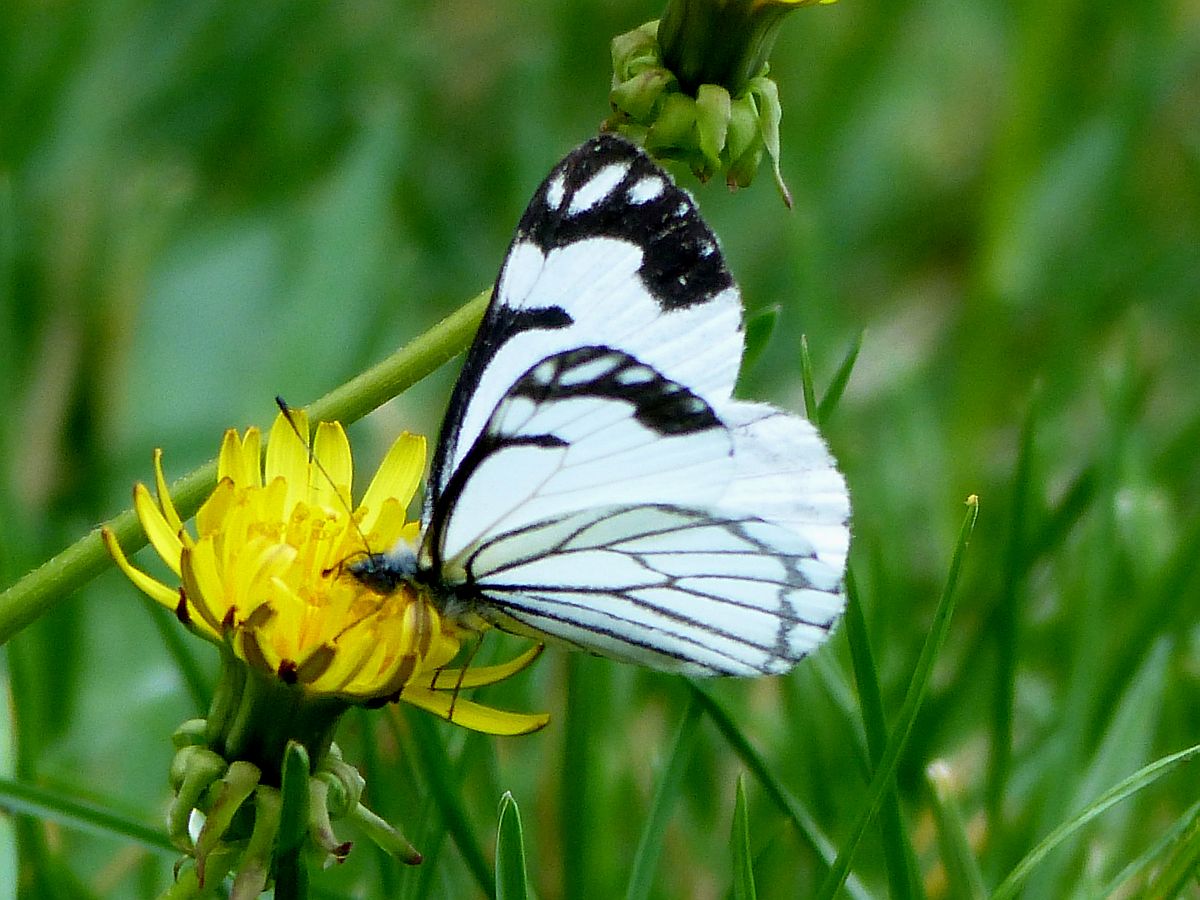
Male Pine White Neophasia menapia (Lep.: Pieridae) Aziza Cooper
Jeremy Tatum writes: Today (August 4) I walked from Island View Beach to Cordova (Saanichton) Spit to see if I could find the Western Branded Skippers that Val reported. On the way from IVB to the Spit I saw a Purplish Copper, a Large Heath (“Ringlet”), several Woodland Skippers and even a rather late Essex (“European”) Skipper. And then, when I reached the exact spot described by Val above, I came across two Western Branded Skippers obviously very much in love and performing a prolonged nuptial display.
Aziza Cooper writes: Today, Friday, August 4, this bee was on a Chicory flower at Maber Flats.

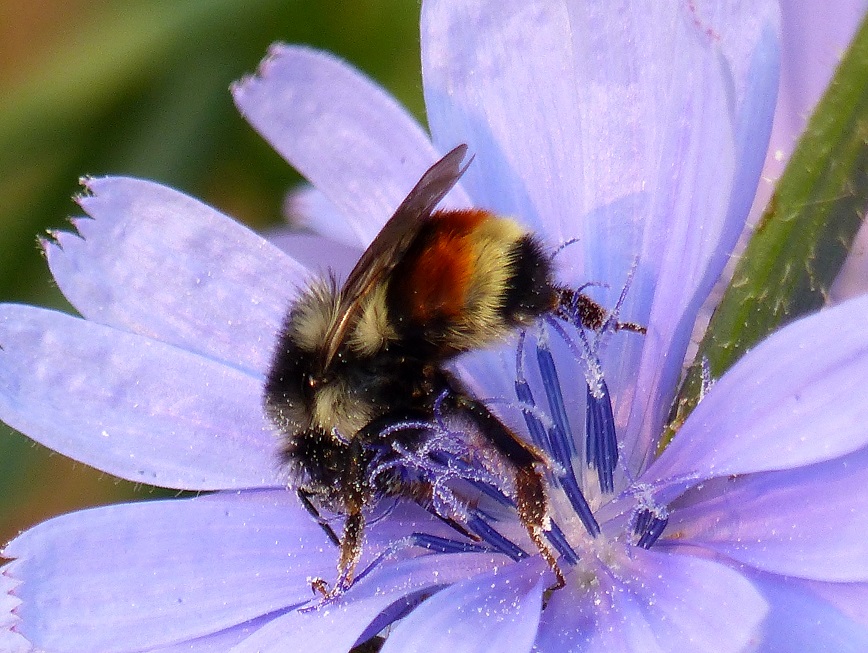
Bombus melanopygus (Hym.: Apidae) Aziza Cooper

